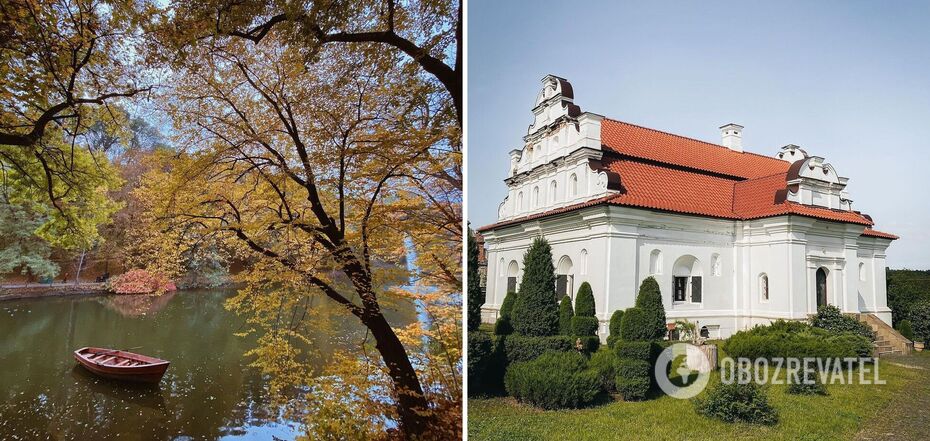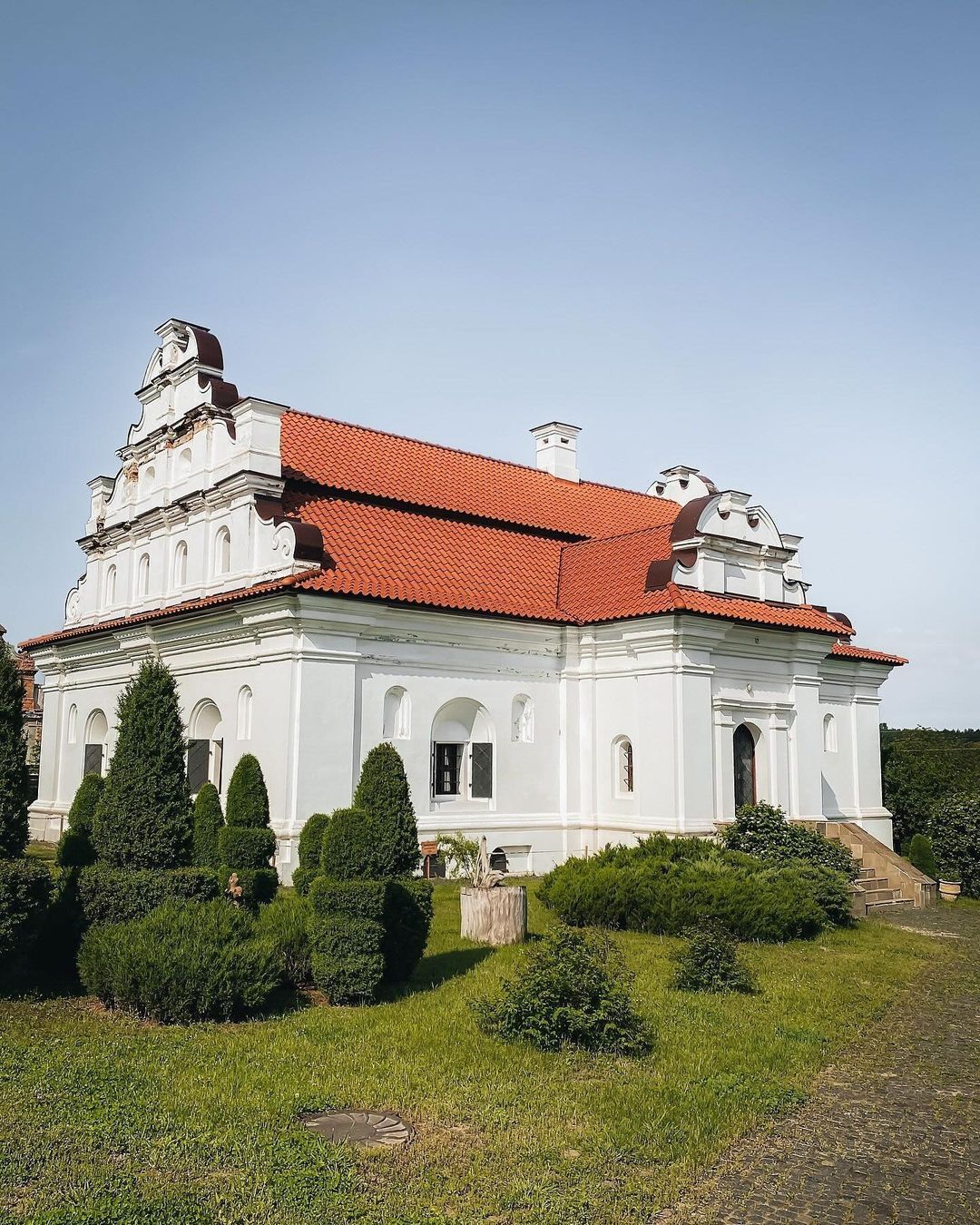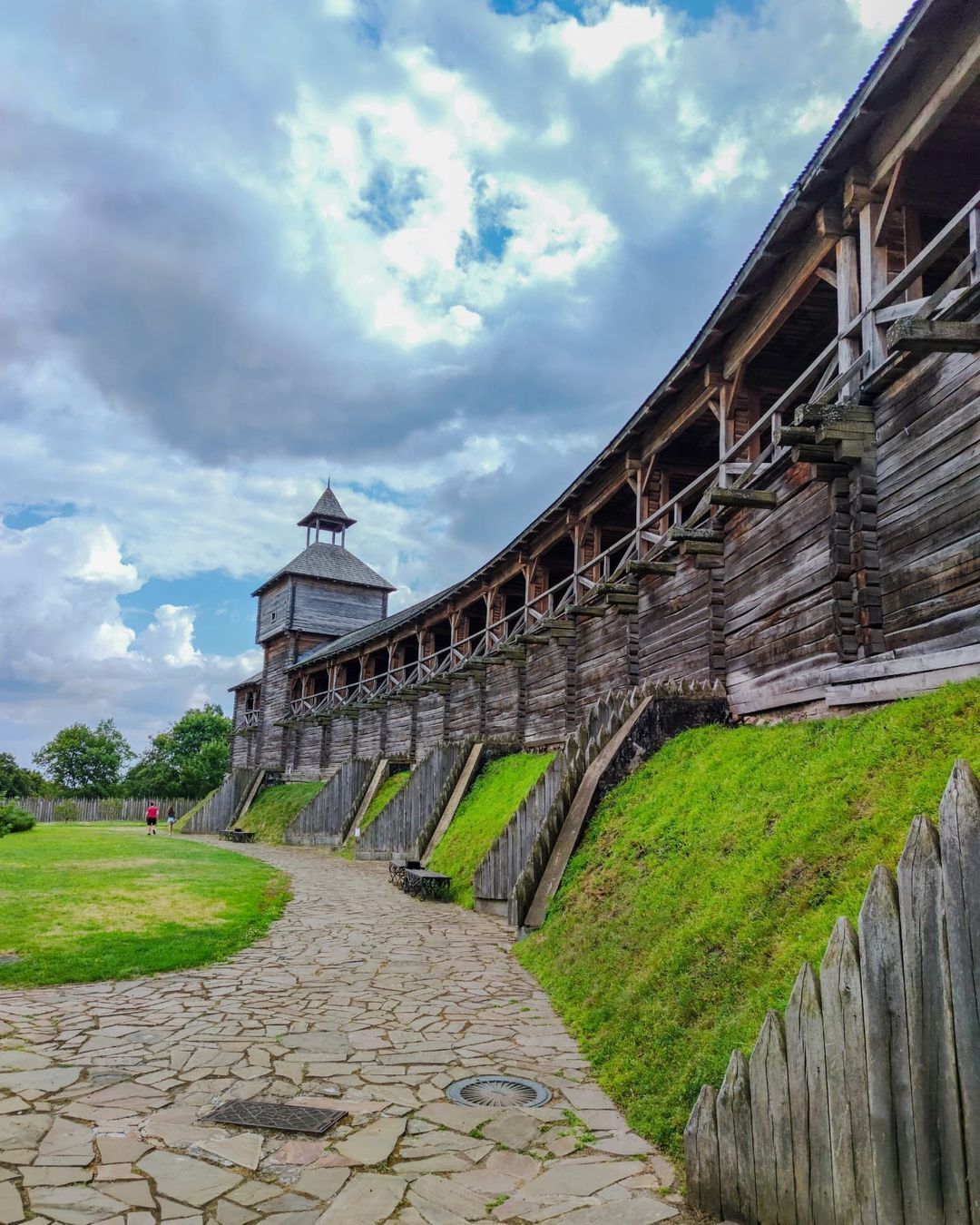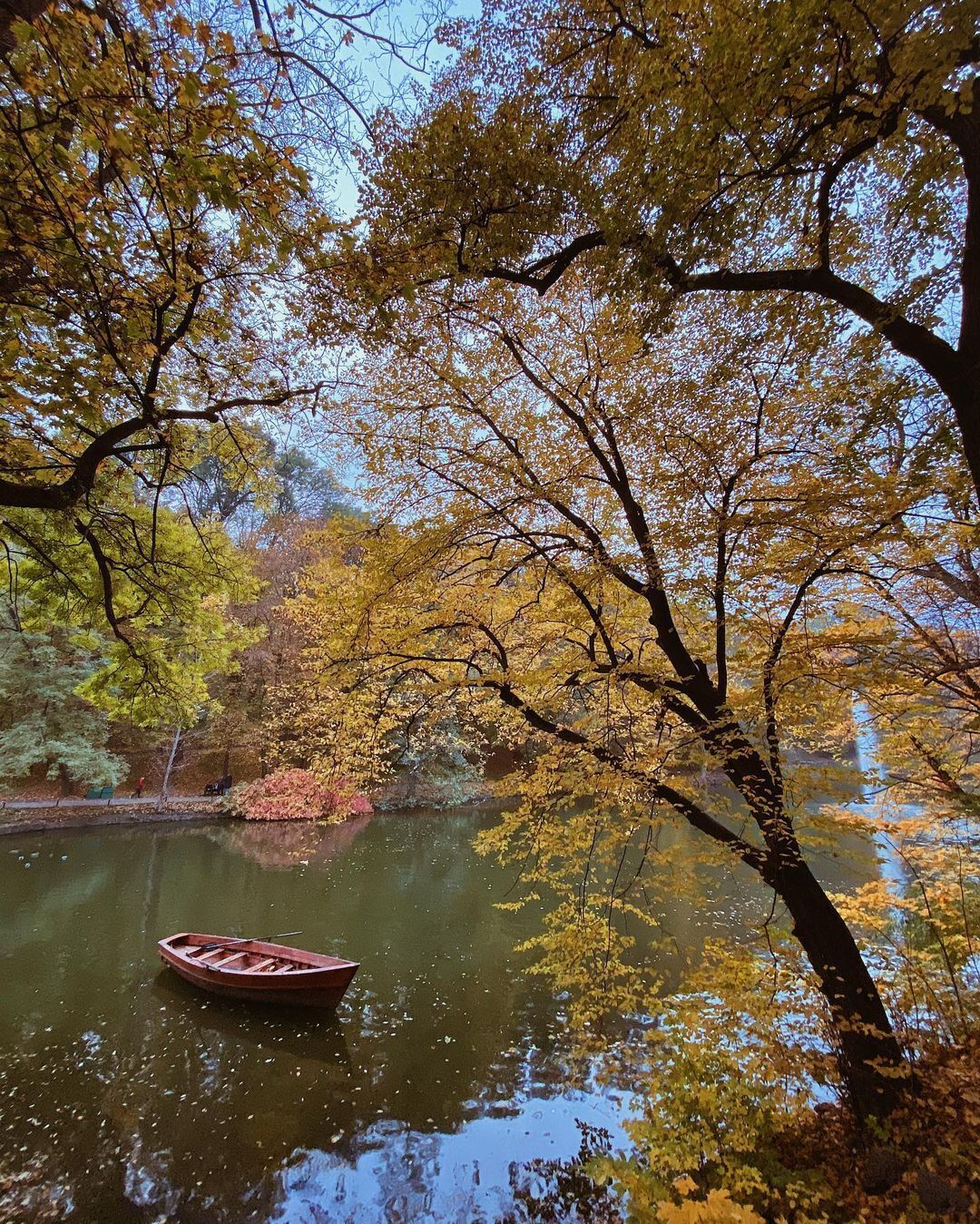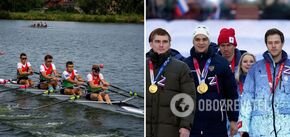News
Ukrainian Cossack capitals worth visiting at least once
Each of these cities has a unique history, architecture, and spirit. They were considered not just administrative but also cultural and political centers of the time. Today, we're talking about the locations where important government decisions were made, and where prominent figures of the Cossack era lived and worked. Read below to find out where to go.
Chyhyryn
Chyhyryn is located in the Cherkasy region. Previously, the settlement was part of the Kyiv Voivodeship of the Polish-Lithuanian Commonwealth. In 1592, it received the Magdeburg right.
In the XVI-XVII centuries, it was the residence of Hetman Bohdan Khmelnytskyi. He led the Cossack troops from here. The city was well fortified, and trade and crafts flourished here.
First, visit the castle, once a powerful fortress that protected Chyhyryn. The building was erected on the site of an ancient settlement near the Zamkova Hora. By the way, the top was considered the most favorable strategic position in the region.
Next, go to the museum dedicated to Bohdan Khmelnytskyi. It covers topics that reveal the military, state and political activities of the hetman. The building houses over 2000 exhibits. And in the archaeological exhibition building, you can see about 600 artifacts covering the period from the Stone Age to Kyivan Rus.
Hlukhiv
It is located on the Esman River in the Siversk district of Sumy region. It was founded around the tenth century. The first written mention dates back to 1152.
From 1708 to 1764, the town served as the capital of the Left Bank Hetmanate. It was the residence of Ivan Skoropadskyi, Pavlo Polubotko, Danylo Apostol, and Kyrylo Razumovskyi. Here the commanders made important state decisions that influenced the fate of the whole of Ukraine.
There was also an academy here, one of the highest educational institutions of the time.
Start the route from the ruins of the Prison Castle. It was used to hold criminals. Then go to the Kyiv Gate, the only surviving fragment of the Hlukhiv fortress.
And, of course, visit the city's local history museum. There are more than 12 thousand exhibits here. In particular, the flag of 1878, weapons, jewelry, coins, and coats of arms of noble families.
Baturyn
Baturyn is located in the Nizhyn district of Chernihiv region. From 1669 to 1708, the town served as the residence of the hetmans of the Left Bank of Ukraine. It is associated with the activities of Demian Mnohohrishnyi, Ivan Mazepa, and Pylyp Orlyk.
In 1708, Russian troops, under the command of Peter the Great, carried out a brutal massacre of the village and destroyed it almost to the ground. The tragedy known as the Baturyn Massacre became one of the bloodiest pages in the history of our country. The enemy army looted Orthodox churches and then burned them.
Be sure to visit the National Historical and Cultural Reserve "Hetmanska Stolytsia" (Hetman's Capital). There are 39 monuments of cultural heritage here, including architecture, archeology, landscape gardening and monumental art.
We recommend visiting the Palace Razumovsky, the Kochubey House-Museum, the Resurrection Church-the tomb of K. Rozumovsky, and the Mykola-Krupytskiy Monastery.
Hadiach
It is located in the Poltava region. The city served as the residence of Bohdan Khmelnytskyi, Ivan Vyhovskyi, and other military leaders. Outstanding writers and poets lived and worked here. Among them are Olena Pchilka and Lesya Ukrainka.
For a long time, the location retained the status of one of the largest estates of Ukrainian hetmans. During the Great Northern War, Charles XII set up a military hospital here.
In 1764, Kyrylo Razumovskyi received the Hadiach Castle and the surrounding estates as a gift. However, in 1785 his property was bought by the state.
We recommend visiting the dungeon, which dates back to the Hetmanate. By the way, there is a stone with a human footprint. It is said to grant wishes and heal.
Also, be sure to visit the local history and local lore museum. It was established in 1967. It has more than 2000 exhibits. One of the exhibits recreates the history of the DrahKosachiv-Dragomanov family.
Uman
Uman is located in the Cherkasy region on the Prydniprovia upland. Since 1569, the Uman region has been part of the Polish-Lithuanian Commonwealth. Later, the city became the center of the Haidamaka uprisings, the Koliivshchyna.
Already in 1768, the Polish gentry and their mercenaries were killed here.
Be sure to visit the unique reserve Sofiivka. The dendrological park was founded by the count and descendant of the great hetman Stanisław Potocki. Today, the attraction is considered a masterpiece of world gardening art of the late XVIII-early XIX centuries.
Explore the historical corners of Ukraine! We wish you a successful trip!
Only verified information is available on our Telegram channel OBOZ.UA and Viber. Do not fall for fakes!


